Canal Stenosis
Home -> About Us
It is the condition in which spinal canal gets narrowed. The spinal cord passing through the canal connects the brain to the body; narrowing of canal leads to tightness of spinal cord or compression. That leads to pain, tingling sensation or numbness in the leg or arms.
There are two canals associated with human spine; hence stenosis is of two types:
- Central stenosis
- Lateral stenosis
The central stenosis brings a lot of neural signs and symptoms. In lateral stenosis, all symptoms are related to a particular nerve root.
Central spinal stenosis mainly occurs due to an extruded or protruded disc. In case of lateral recess stenosis, degenerative changes and osteophytes can be the cause along with disc bulge and herniation.
Causes:
- Spinal disc bulge or herniated disc
- Trauma -Vertebral fracture
- Tumors
- Osteoarthritic changes in the spinal bones
- Thickening of the ligaments
Symptoms:
Cervical canal stenosis:
- Radiation of pain in upper arm shoulder, neck and head
- Numbness in upper and lower limbs
- Heaviness in body
- Imbalance while walking
- Distended abdomen and incontinence of urine and stool in severe cases.
Lumbar canal stenosis:
- Radiating pain in lower leg from hip to foot: Sciatica
- Numbness can affect the whole lower limb and cause problems in walking
- Incontinence of urine and stool
- Pain in the lower back
Investigation:
X-ray
MRI
CT SCAN
In Ayurveda:
In Ayurveda, Gridrasi , Katigraha, Avabahuka, Manyasthambhaare some of the conditions which can be co-related to Spinal Canal Stenosis.
Management:
Hospitalization for 3 to 6 weeks is needed. Treatment protocol include:
- Patient education with regards to illness
- Adequate rest in some condition
- Selective Ayurveda medication and Panchakarma therapies
- Physiotherapic intervention and Yoga
- Relevant therapeutic exercise after IP treatment
What to expect after the treatment program:
- Reduction in radicular pain.
- Reduction in numbness.
- Flexibility of the spine.
- Improved gait.
- Correction of urine / stool incontinence.
- Other symptomatic relief.
Follow-Up:
Usually, follow-up treatment is advised after a gap of 6 to 9 months, depending upon the condition of the individual patient.
Please note:
Response to the treatment varies from patient to patient depending upon the duration of the illness, severity, stage and other co-morbid conditions.
Patients above the age of 70 years may or may not get the desired results owing to old age.
Patients having Cardiac (heart) problems and / or Renal (Kidney) problems may not be considered for treatment at our Institution.
Patients having Psychiatric / Psychological issues may not be able to achieve the desired results.
Our Treatments
Canal Stenosis
CBD [Cortico Basal Degeneration]
Cerebral Palsy
IVDP
Multiple Sclerosis
Multiple System Atrophy (MSA)
Osteoarthritis
Obesity
Parkinson’s Disease (PD)
Polycystic Ovary Syndrome
Progressive Supranuclear Palsy (PSP)
Psoriasis
Rheumatoid Arthritis
Radiculopathy
Spondylosis
Stroke
